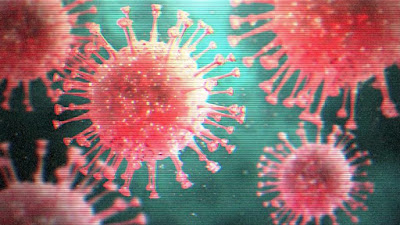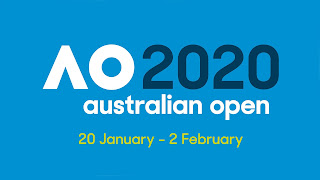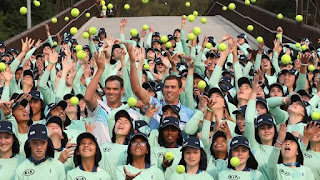The spread of Covid 19 is bringing great fear to the global manufacturing community. Global businesses have not been been at bigger risk than during the Sendai earthquake in Japan in 2011 when the supply chain for Airflow sensors used in automobiles from the Hitachi plant in Sendai that produces 60% of global production was hit badly as the plant was closed.
Why should the world be worried now regarding the Covid 19 virus that is hitting different parts of the world ?
Basically it is because people are being taken off manufacturing and service locations across the infected regions and countries for reducing the risk of mortality and preventing spread of the virus.
While going through interested literature, it was nice to go through the paper by an MIT faculty James Rice from the Centre for Transportation and Logistics. When a manufacturing supply chain is hit by a crisis, the first and foremost resources that need to be taken care of are the people and suppliers.
The area where one runs a risk is in technology, employees, suppliers, facilities and the supply chain.
The HBR article Feb '20 (Rice, James, Prepare your supply chain for Corona virus) talks of protecting your primary assets - employees and suppliers.
- Employees
- arranging for alternate plans like emergency shifting,
- experimenting with automation,
- rethinking work practices and
- Suppliers
- spreading the risk with more suppliers,
- identifying vulnerabilities and
- preparing business continuing plans ..
Since such virus attacks, earth quakes etc come more infrequently, once in a decade or so, global corporations need to deliberate more on how coordination and collaboration can happen on a global scale in the event of such disruptions. Engaging with multiple tiers of suppliers helps understand first hand the gravity of the problem and undertake corrective actions.
More automation can help in especially high risk areas like chemical gas or nuclear irradiated environment etc.
Suppliers are gradually getting more important in global supply chains. Sourcing from more than one local suppliers can help spread the risk and prepare better business continuity plans.
Daily we hear of the news of the spread of the Covid virus acros Europe and Northern Asia. The humid and hot climate in South Asia may be working as an effective deterrent for the spread of the virus in South Asia for the time being. .
Most of the infections across the world in different countries has been observed because of the extensive supply chain links with Chinese suppliers based on costs and availability, movement of personnel, packaging etc between China and the respective countries. But India for that matter, other than the virus carried by a few medical students from the nerve centre of Covid, Wuhan , has had very less impact of Covid. Experts attribute it to the cold and limited trade relations and technological transfer between the two nations, leading to less exchange of personnel between the two countries.
China and India, the two oldest civilizations of the world has been having very cold relations after the 1962 war between the two countries in which India was flatly defeated leading to annexure of a large territory of Kashmir by China. If one looks back in history, India has always had the upper hand in global GDP dominance till 1700 AD. For the past 300 years China has been having the upper hand, though it is not known how long this dominance will last given the poor human rights record and repression of democratic rights in China and the present emergence of Corona virus.
George





















